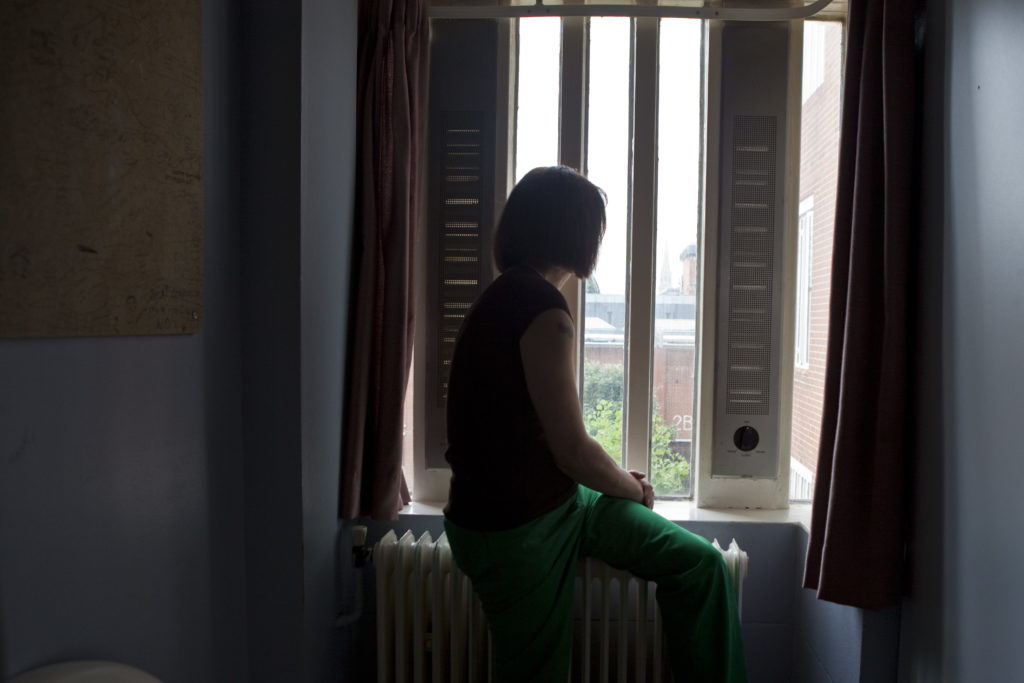The Home Office has introduced new guidance allowing police forces to identify stalkers to protect victims.
They say new “Right to Know” statutory guidance will ensure victims are informed the identity of the individual threatening them.
The new measures were a result of the experiences like that of the broadcaster and activist Nicola Thorp. Thorp was stalked online and was abused by a man she did not know. He also set up nearly 30 social media accounts to send her some a set of violent, misogynistic messages. Prior to the new statutory guidance introduced, victims had no right to find out who their stalker was, but Thorp’s efforts have contributed to the implementation of new protections and support mechanisms.
Additional steps have been included in the statutory guidance, such as Stalking Protection Orders which can be made by the courts if the police wish to apply them. Courts have the power to impose these orders, either at conviction, or even on acquittal. The government has also committed to accepting the recommendations put forward by Suzy Lamplugh Trust, and other organisations, to demand better support for victims.
The Home Secretary, Yvette Cooper, said: ‘Today’s measures are an important part of our cross-government mission to have violence against women and girls in a decade’.
The statutory guidance and support mechanisms have received the backing of key political figures including the Minister for Safeguarding and Violence Against Women and Girls, Jess Phillips. Jess Phillips has described the review of stalking legislation as an initial step, meaning there is potential for amendments following this review to further strengthen the safety of victims.








